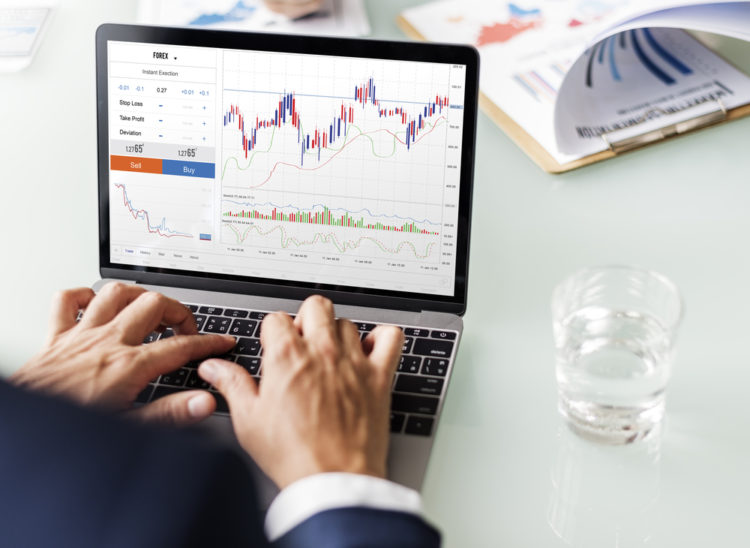When you decide to start trading, there are several different options available to you. Three of the most popular are currency, commodities, and indices.
But, how do you choose which of these to trade with? And, of the three, which one is viewed as the most volatile for experts?
Currency
The currency market, also known as Forex or FX, is the most extensive investment market in the world. In 2016, foreign exchange markets averaged over $5 trillion a day including spot transactions, outright forwards and other trades. Currency trading is also a 24-hour market that closes from Friday to Sunday evening. There are three main sessions: Europe, Asia and the United States, with some overlap between them.
Currency is traded in various sized lots. For example, a micro lot is 1,000 units of currency, so if you exchange in US dollars; a micro lot would be $1000. A mini lot is 10,000 units while a standard lot is 100,000. Trading takes place in pairs, buying in one currency and selling in another, with currencies priced to the 4th decimal point. A pip, or percentage, in point is the smallest increment of trade with one pip usually being 1/100 of 1%.
Commodities
Commodities are hard assets which can include anything from precious metals, such as gold, to oil and even soft commodities such as wheat or sugar. They are grouped into three main categories: agriculture, metals, and energy;
- Agriculture – drinks such as cocoa and coffee, grains, animals that become food and non-edible crops such as cotton or lumber.
- Energy – crude oil, natural gas, heating oil.
- Metals – gold, silver, copper, platinum.
Commodity prices can change every day, with high volumes of trade taking place in oil, gold and agricultural products. For heavy materials, these are future contracts – they buy or sell at an agreed price on a specific date. Commodities are priced in US dollars, so changes in the value of the dollar can also affect the cost of a commodity.
Indices
Stock indices are a massive part of the financial market, and often the most recognised, for those outside the industry. We all hear about the FTSE 100, the NASDAQ and the Dow Jones. A stock index is a measurement of the price performance, of a group of shares, on a exchange. The FTSE 100, for instance, is a group of the 100 largest stocks on the London Stock Exchange. If the stock price increases, the FTSE 100 increases and vice versa if the stock price go down.
Stocks can be cap-weighted or price-weighted. The first is where a company with a higher market cap, or a total value on the market, has a more significant impact on the price of the whole index. The latter is where a company with a higher share price can affect the index price more.
Which is the most volatile?
While all markets can be volatile, and change quickly, many experts say that the commodities market is the most volatile of the three. An example is crude oil which has ranged from 12% to over 90% in the last 35 years or so. That’s because the price can be affected by any number of factors including the elements, supply and demand, geopolitics and even leverage.
CFD’s at Olsson Capital are available for all three of these markets, and many additional ones. It means, regardless of what type of trade you decide to embark on, you can use our platform to do so. We offer safe and secure trading options and plenty of advice and help to get you started in your trading career.


